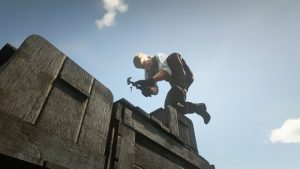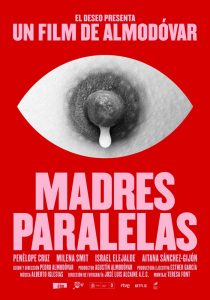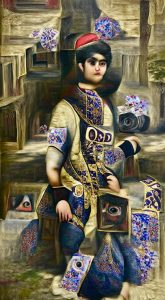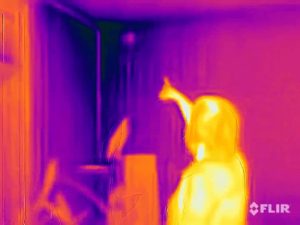Just back from Dislocate 07, a great little exhibition in two venues around Tokyo and a two-day symposium at ZAIM Yokohama. Organized by Emma Ota, Kentaro Chiba and other curators, Ginza Art Lab (littlest gallery ever, but since Ginza reportedly used to be worth as much as California, it’s a lot of space) and Koiwa Project Space are filled to the ceiling with interesting works by almost 40 both Japanese and western artists.
I will primarily cover the symposium here but anyone who’s around Tokyo should check out the exhibition spaces, runs until August 5th.
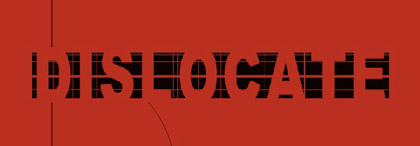 Christian Nold opened the Dislocate symposium with a fairly critical assessment of location-based art. His project Biomapping has been around for about 3,5 years now – a lot of time to reflect on this kind of work and why it makes sense or not in different contexts. To really understand location-based works, one has to know that many of the ideas of today’s media-related art go back to the late 19th century when also the idea of biometrics was envisioned by the British, primarily to track people in India which then still was a colony.
Christian Nold opened the Dislocate symposium with a fairly critical assessment of location-based art. His project Biomapping has been around for about 3,5 years now – a lot of time to reflect on this kind of work and why it makes sense or not in different contexts. To really understand location-based works, one has to know that many of the ideas of today’s media-related art go back to the late 19th century when also the idea of biometrics was envisioned by the British, primarily to track people in India which then still was a colony.
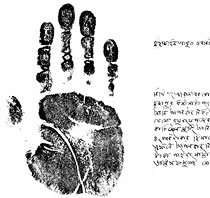
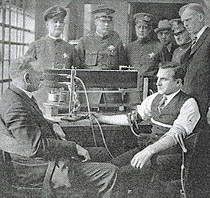
Handprint from India, 1858 and Larson’s Portable Polygraph, 1953
The lie detector is another technology from that time on which Biomapping is built on, combining it with mobility and location-awareness through the GPS-system. The presumption behind this classic device is basically that your body will at all times tell the truth. Present-day neuroscientists describe emotion and feeling as being two different things: emotions happen in the body while feeling is rather the sensation of observing one’s own bodily reactions. Biomapping takes up that paradigm and spatially tracks the users basic emotions through his or her galvanic skin resistance, thus creating emotion-maps of various places, preferably in community-contexts of some sort.
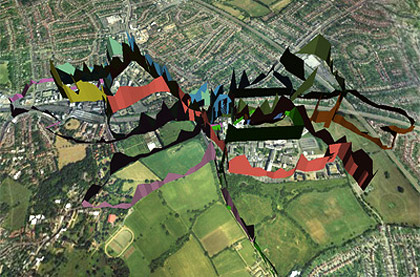
Harrow Emotion map
According to Christian, most location-based works can roughly be divided in two camps: mobile media and media that is put in specific locations. Henri Lefebvre‘s idea of place would actually more a appropriate term for such projects. During those 3,5 years, he went to many workshops but almost always felt disconnected with the actual places they happened in. Also Skype and similar technologies are comforting but how far do the connections they provide really go? Marc Tuters’ and Kazys Varnelis’ essay Beyond Locative Media might provide some clues there. More provocatively formulated: might our view not be class-bound in the first place, flying around the world to funky conferences and workshops with western passports in our pockets while the actual projects often lack connectedness to the local people and a general agenda when they claim to be the opposite? Which representations (knowing that this is a rather old-school term when it comes to art) can locative media offer and how can we make it a kind of multi-agenda-design which does justice to the complexities which are often involved in local communities.
He says that his role as an artist would be to find and negotiate these different agendas. One example is the Stockport emotion map which is supposed to show the unique problems as well as the unique possibilities of this area. The bottom line is that it takes real interest to create cultural value. Projects from the 1970s prove that it is not necessarily the technology that makes good projects, it’s often everything else that enables structural participation.
 Shoot Me If You Can
Shoot Me If You Can
Taeyoon Choi is an artist who was educated in Chicago and is currently working in Seoul, South Korea. He says that he’s primarily working for people’s amusement but actually he’s interested in how individual people use technology and how art relates to local culture. With his current work, he’s focussing on Korea and the rapid shifts in its culture that are happening at the moment. If you look at critical art in the area you could get the impression that there’s no genuinely local issues at the moment (or that a vaguely Asian style just pays of well on global art markets). However, there are big changes going on in Korean society, many of which are related to technology – can that be explored through art? The premier of those technologies is arguably the mobile phone/cameraphone. The discourse about surveillance in public spaces is currently merely a western one, focussed on cameras that are operated by the police or property owners. People are hardly offended by those in Korea but, ironically, the same set of issues is going on around the cameras in mobile phones.
Taeyoon is currently addressing this in his project Shoot Me If You Can, a game in urban space where people are running through the city, each equipped with a cameraphone or digital camera. They are divided into teams and are supposed to take pictures of the opposite team’s players. When successful, the photo is messaged to the “shot” player and he or she is out. (We tried that during the break, funfun).
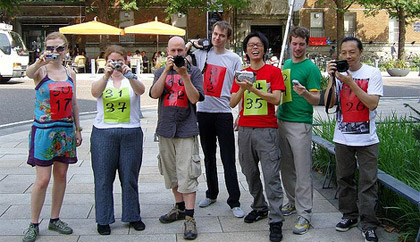
After the shoot-out in Yokohama
This September he will build a gigantic CCTV-beast (!) which 40 people will be able to battle with their mobile phones in a similar manner. Other projects of Taeyoon include the Moveable Types and Instant Spaces at last year’s ISEA in San Jose and a very poetic project which comments on the Sampoong department store collapse in 1995 through the absence of mobile phone coverage (= being in the past).
Augmented Architecture‘s Nancy Diniz shows a prototype of their project Life Speculatrix at the Koiwa space, an “evolutionary physical skin based on feedback retrieved locally and globally. Locally it responds to sound, light and proximity of people around it. Globally it responds to RSS/Atom environmental feeds retrieved through the webspace.” It is a matrix of shape memory alloy-actuators and will convey attraction and repulsion towards a user in a very slow manner. The discussion after her presentation mainly focussed on the question if this will be readable or will be perceived as randomness. However, slowness is something which is rarely found in interactive projects which often tend to focus on instant gratification of the user in order to seem worthwhile, so this might actually prove to be an interesting strategy for further development of the piece.
Finally, Don Belasco Rogers who is also one half of Berlin-based performance artists plan b explained his interest in mapping and the personal geography of cities. To him, they are rather accumulations of events than their hard, concrete surfaces. One of the events which proved that to him was a fire in Clerkenwell, London in which several people were trapped in an illegal porn cinema and killed by the flames. A short while later, every trace of this incident was gone and he realized that this events like these rather live on “in the head and in the body” of the city’s inhabitants than anywhere else. The same goes for personal accidents that happened to him throughout London during the time that he had lived there.
As Dan puts it, “we’re quite soft to mark, whereas the city is rather hard”. When he moved to Berlin in 2001, he wondered where those personal stories about London would go, so in order to approach this new city (and to record his London history), he drew a map of such incidents and then matched it with a map of Berlin of the same scale while Picadilly circus and Brandenburg gate served as center points. Like this, he could approximately tell where an incident would have been if it had happened in Berlin instead of London and subsequently documented the sites. For instance the place where he tripped and head-butted a lamp post near Picadilly circus would have been that patch of open space just in front of the Reichstag.
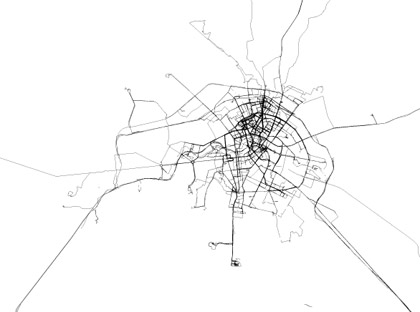
Dan’s Berlin of 2003
Becoming increasingly interested the city being a “mnemonic place which lives through its story”, he developed several pieces and performances which almost all revolve around similar ideas, like Our House or A description of this place as if you were someone else. The latter uses GPS-technology to place stories around Bristol’s Queen Square while the user can walk through them and literally “peel back the layers of a city” and a similar way of tracking oneself through satellite is also applied in the project which Dan is exhibiting at Ginza Art Lab, Mapping.
For this ongoing practice of “daily mapmaking” (which borrows from Gerhard Richter‘s practice of daily painting), he basically takes his GPS receiver/recorder whereever he goes to trace his ways and watch himself making new connections. The outcome of this project is really beautiful, intricate maps which look a lot like precisely-drawn, slightly technical maps, unless you zoom in and see the inaccuracies of the GPS which suddenly give them something very handmade. Yet, obviously they haven’t been “drawn” in a traditional sense but rather been created by his body’s movement through the real space they resemble, so there’s a whole host of connotations to be found. So now for every day he is in the city, Dan will update the Tokyo-map with last day’s data and it will become more ever more complex as he discovers it.
Some impressions of the participants and exhibition spaces on Flickr and in the associated pool.

